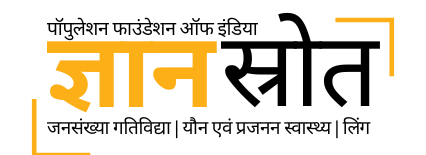यह बॉट पंजीकृत उपयोगकर्ता के लिए पिछले 180 दिनों का चैट इतिहास बनाए रखता है। इस सुविधा का उपयोग करने के लिए कृपया लॉगिन करें।
*Disclaimer इस खोज पृष्ठ पर सामग्री केवल सूचनात्मक उद्देश्यों के लिए है; कृपया स्वतंत्र रूप से सत्यापित करें।
The World Health Organization recognizes that violence against women, particularly domestic or spousal violence, is a major public and clinical health problem and a violation of women’s human rights, which also reflects the scale of gender inequality and discrimination against women. The consequences of violence on physical, mental, sexual, and reproductive health often last a lifetime. NFHS-5 collected information on domestic violence from women age 18-49, related to behaviours of her husband that cause physical, sexual or emotional harm, including physical violence, sexual coercion, emotional abuse, and controlling behaviours. Information was also collected on violence during pregnancy and help seeking behaviour for any violence experienced.
In Sikkim, 13 percent of women age 18-49 have ever experienced physical violence, and 2 percent have ever experienced sexual violence. In all, 14 percent of women experienced physical or sexual violence and below one percent experienced both physical and sexual violence. For ever-married women who experienced physical violence since age 15, the most common perpetrator was the current husband.
Fifteen percent of ever-married women age 18-49 in Sikkim have experienced physical or sexual violence.This section presents the findings from NFHS-5 on HIV/AIDS knowledge and attitudes, prior HIV testing, and the prevalence of sexually transmitted infections (STIs), as well as sexual behaviour of the adult and youth population. Questions on HIV/AIDS were included only in the subsample of households selected for the state module.
Ninety percent of women in Uttarakhand have heard of HIV or AIDS. In urban areas, 91 percent know about HIV or AIDS, compared with 89 percent in rural areas. Women age 15-24 are more likely (90%) than older women age 40-49 (85%) to have heard of HIV or AIDS. Women with no schooling (72%), women with no regular exposure to media (84%), and other backward class women (81%) are less likely than other women to have heard of HIV or AIDS.
Men are more likely than women to know about HIV or AIDS. Ninety-eight percent of men in Uttarakhand have heard of HIV or AIDS, including 98 percent in urban areas.
Men are much more likely than women to know how HIV/AIDS is transmitted and how to keep from getting it. For example, only 74 percent of women know that consistent condom use can help to prevent HIV/AIDS, compared with 91 percent of men, and 76 percent of women know that having just one uninfected partner who has no other partners can reduce the chance of getting HIV/AIDS, compared with 90 percent of men.
Only 25 percent of women and 36 percent of men in Uttarakhand have a ‘comprehensive knowledge’ about HIV/AIDS. This means they know that consistent use of condoms every time they have sex and having just one uninfected sex partner who has no other partners can reduce the chance of getting HIV/AIDS, they know that a healthy-looking person can have HIV/AIDS, and they reject two common misconceptions about the transmission or prevention of HIV/AIDS.
Total Chatbot Messages: 0
